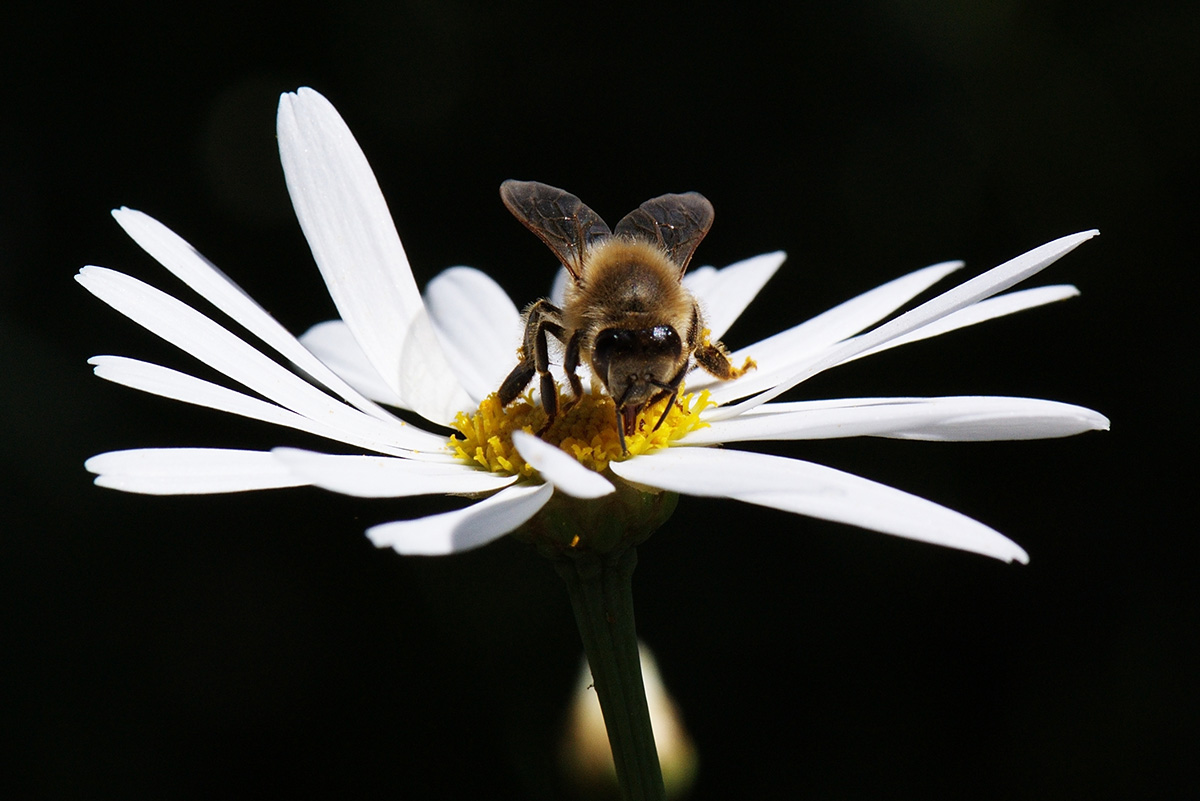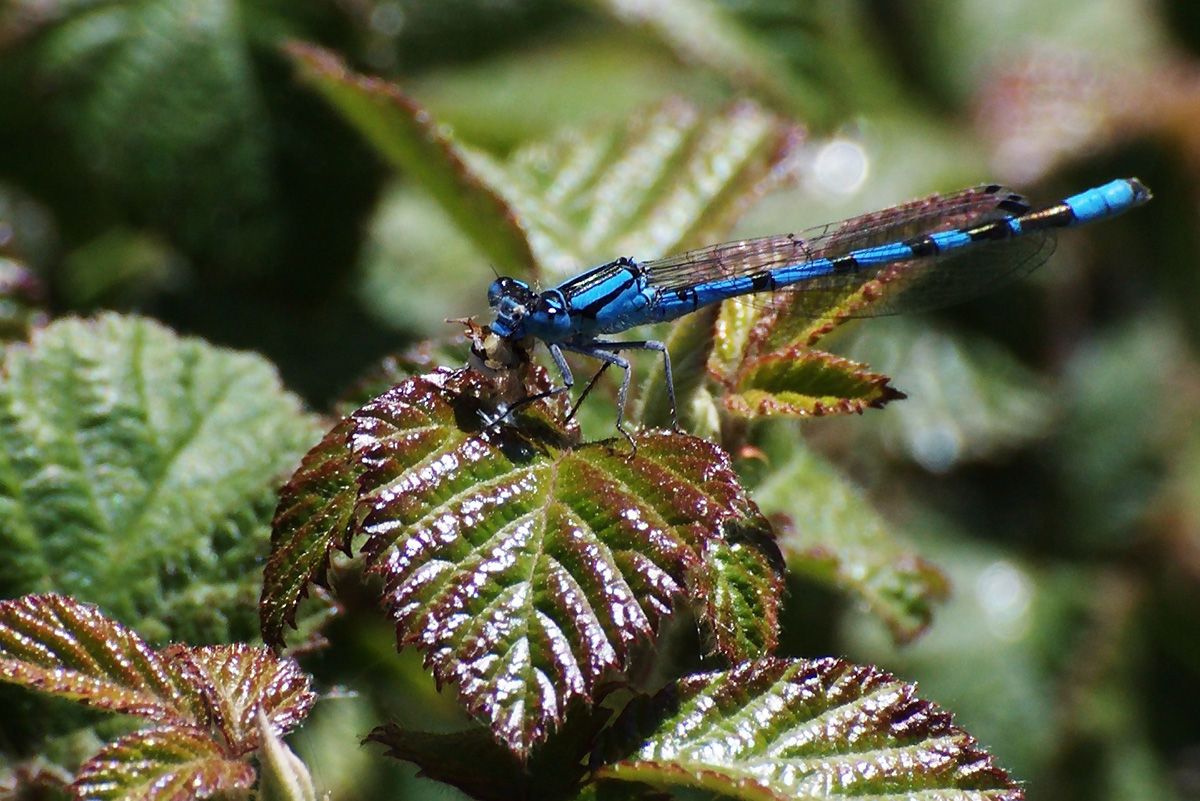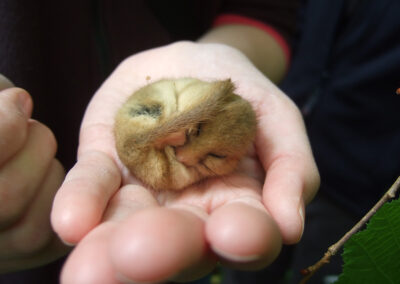
Invertebrates & Biodiversity Surveys
Quants’ ecologists conduct thorough biodiversity surveys, which includes initial site assessments through an Extended Phase 1 Habitat Survey or Preliminary Ecological Appraisal (PEA). They are able to identify often overlooked species and indicator field signs, and make recommendations for further specific surveys if required.
Many species groups, while having an inherent value for biodiversity and nature conservation, are less frequently conditioned for survey during the planning process than some of the more commonly encountered species.
This is not because they have less ecological value, but rather they do not receive the same level of legal protection, public sympathy or general regard. Other species only occur in specific known locations throughout the UK, and while within these regions they are considered as standard, outside of these areas it is unusual for their survey to be requested.
Species such as dormice and red squirrel are closely associated with their respective habitat types of hazel and Scots pine. If the habitats upon which they are dependent are absent, then it is logical to assume that they will also be absent. This is also true of many invertebrate species, the larval stages of which often require a host-specific food source.
Extended Phase 1 Habitat Survey
Some species such as brown hare, hedgehog and toads are included in local Biodiversity Action Plans (BAP), and planners have a duty of Material Consideration when appraising a planning application that may adversely affect the status of these species. It is therefore important to be able to identify the field signs of many different mammal groups, reptiles, amphibians and invertebrates when an initial assessment of any site is undertaken, such as an Extended Phase 1 Habitat Survey.
Further information: https://www.gov.uk/government/collections/biodiversity-and-wildlife-statistics



